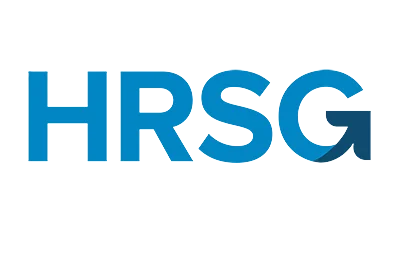Retention is about maintaining talent and ensuring that the best individuals stay with the firm for as long as possible, it’s a vital part of human capital management. It is not only about making employees happy so they stay with the company by half-measures like gratitude.
For businesses of all sizes, problems with employee retention are a top priority. High employee turnover can have a negative impact on productivity, morale, the burden of other staff members, and the overall cost to the business in terms of time and money over time. If or when the employee leaves it becomes difficult to replace the valuable member of the team. These employees must be retained and it should be made sure they are motivated.
Human Capital Management
What are the not-to-miss Warning Signs?
- Deteriorating work quality
The occasional decline in job quality is relatively uncommon, but it can also occur when an employee is experiencing personal or professional stress.
It is obvious that an employee is not happy in his current position if problems like these frequently arise and he is not putting out his best effort.
- A drop in the work attitude
A committed worker is constantly pursuing career progression and professional improvement. These personnel aggressively look for opportunities to improve their performance and advance their careers; but, if their desire to get better is curtailed, it is a serious red flag.
- Lack of interest in long term projects
When an employee ceases participating in a long-term project and shows little interest in developing a plan towards a goal that is consistent with the broader company goals, there is a severe issue. They would decline to participate in conversations and refrain from contributing their insightful opinions. The management may be able to detect the employee’s resistance if they pay close attention.
- Secretive behavior
It is obvious that a worker is either concealing a new employment opportunity or is only halfheartedly completing the task at hand when they exhibit a number of indications with their behaviour, such as a general negative attitude towards the team members or working on their laptops in private.
- Absences
Unusual long breaks and leave days indicate that the employee is taking advantage of their paid time off without a legitimate reason. An occasional leave from work is unproblematic, but a frequent absence from work by a worker who typically doesn’t take time off raises red flags
How to respond to the Red Flags
In order to make sure the employees are not leaving one must create an effective employee retention strategy to offer them a better work environment as well as create an exemplary situation for new hires. Following are a few ways the human capital management can retain the employees.
- Improved offer
Since career professionals require a clear path for their personal growth, management must provide them with options. When businesses give workers chances for promotion and make them feel valued, there is a lower likelihood of their leaving their jobs. In order to determine their own career trajectories, they must frequently face challenges. This can be accomplished by enticing people to venture outside of their comfort zones or by providing them with the chance to take chances. Failure will therefore only be seen as a chance for learning.
- Keep an open door policy
Making time for your team is essential for empowering and energizing your workers. When your team is connected, their feeling of purpose is elevated. It helps individuals establish themselves in their industry and helps them recognize how they are contributing to the bigger objectives. One tactic managers may employ to retain talent is to be open-minded. Maintain two-way communication at all times. Always have a strategy in place to deal with the problems.
- Appreciation
At all times, it is important to emphasize the value each person offers to the company. Actually, the reason that 75% of employees leave their employment is because they don’t feel valued at work. The recognition can come from coworkers, bosses, or the whole team. Leaders are in powerful positions, and when they recognize the potential they see in themselves, their confidence grows. Despite the fact that both can be used, verbal praise has generally been shown to be just as effective as monetary awards.
- Distribute the Load
A once-good worker may occasionally produce work of poorer quality due to stress. His performance will always show if his work-life balance is incorrect. He must be given assistance in the shape of a flexible schedule or a hybrid model that makes it simple for him to work from home as well. If the workload becomes too heavy for the employee, it may be a good idea to hire a new part-time employee to assist him. The greatest method to keep staff on board is to let them know that you are constantly on their side.






